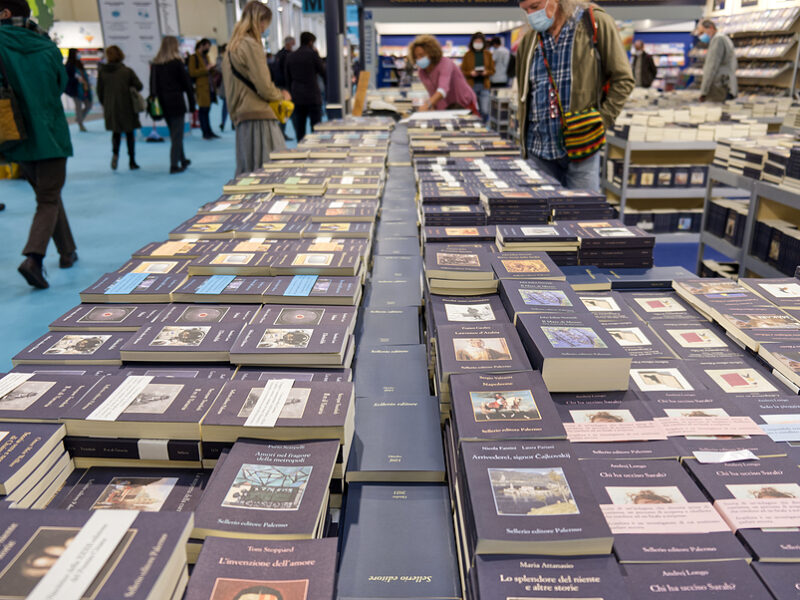Every part of the book publishing ecosystem adjusted its perspective to accommodate both traditional publishing and author-published works. It wasn’t long ago these two paths were treated as either/or decisions; but now they are both/and.
Many traditional publishers offer author-paid services, some agents have indie services for clients, and a large number of authors publish both traditional and indie. Publishers, agents, and authors have all considered how to embrace this brave not-so-new world of publishing.
Maybe the folks who did the religion Coexist bumper sticker should come up with a publishing version.
More and more, authors are pitching agents books that are already published through indie means. In most cases, they are disappointed by their results and thought they would try traditional routes with the same title.
Maybe this is oversimplifying the issue; but when a book is published indie, it is published. No going back. There are some cases when a book does very well indie published, and a traditional publisher offers to take it to a wider audience. But if a book is indie published and it does not sell well, it is best to let it be and focus on writing a new title.
An author-published book is a published book, with all the things that go along with being published. Reviews, rankings and sales data are now visible; and depending how they play out, it may be good news or bad. It has been test marketed.
This is the same as traditional publishing. Once a book is made available to purchase, the reviews, rankings, and sales data are watched like circling hawks; and, depending on the results, you and the publisher (and agent) may be encouraged or discouraged.
For sure, indie publishing gives an aspiring author a chance to prove themselves. No waiting for gatekeepers for the thumbs up or down. But if you are less than successful selling copies of your indie book, you now have a track record for all to see.
Combining indie and traditional publishing into one author’s career usually happens when an author has a measure of success with traditional publishing, then adds indie to allow for more control of their future writing and the option to write more or different than what might be published by a traditional publisher. Eventually, indie might replace traditional publishing for an author.
You can still be successful as an indie author if the traditional route stopped working well, but the reverse is not the case. If you aren’t successful in the indie route, traditional publishers are not really an option. Just stick with indie and see if you can make it work.
Many years ago, publishing was far more intuitive. Now, various information technologies track everything. Most traditional publishers would rather take a chance on an unproven author with a good platform and potential than an author who has proven to be less-than-successful on the indie path.
Finally, there will always be a big difference between an author trying to get a book published and an author with a long-term plan for content creation, seeking ways to maximize their gifts and work.
The two paths are distinct. It is best to first determine which way you seek, then make decisions on the direction best suited for you.



 Ten Good Things Your Writing Is Doing, Published or Not
Ten Good Things Your Writing Is Doing, Published or Not
If you can’t be an example, at least be a cautionary tale.
There’s no going on ahead,
and there’s no going back;
the writing life is gone and dead,
for I took the wrong track.
I jumped to indie far too soon,
thinking highly of myself,
that my sales would outclimb the moon
and I’d live on every shelf.
I thought that I could reinvent
both genre and the writing craft,
have readers flocking to my tent,
a plan that was no less than daft
and it remained for me to find
that I was Legend in my mind.
How would you define “successful on the indie path”?
Not that much different than traditional publishing, the successful indie book would be measured in the thousands of units sold for a reasonable price. (not given away or $.99)
This does beg the question of what’s a reasonable price?
My thought had been $4.99, the cost of a paperback not so long ago, on the assumption that digital book prices should lag the physical.
Everything depends on the length and type of book, but a 200 page paperback book for adults will often be US$15 now and its corresponding eBook $10 in traditional publishing.
When eBooks first came out, publishers and authors flooded the market with free and inexpensive digital editions. The effectiveness of low and no price eBooks diminished as consumers loaded their readers with hundreds and even thousands of books they could never read in a lifetime.
No matter what the field of endeavor one might be involved in, over the long term, if the primary reason one gives to buy a product or service is lowest price, it isn’t sustainable.
Thanks for the info, Dan. I used the Indie publishing tools available to produce the lead magnets for my website and to get my Grandfather’s stories into written form back when he was only 99. I’m happy with how both books turned out. There are certainly more options available for writers wanting to get their work out there.
I appreciate all of the comments; thank you. It is so difficult being in God’s Waiting Room, but perhaps Isaiah 40:31 would be an encouragement. We are never alone. He will give us peace and patience.
Your post confirms my thinking. Definitely set on traditional publishing first. Thank you, Dan.